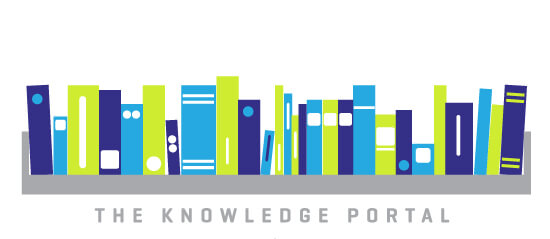Herb Reiter, eda2asic, presented this poster presentation titled “The Internet of Things and Semiconductor Test” at the Test Vision 2020 Workshop during Semicon West 2014. Here is the printed transcript of the talk. The accompanying slides referenced in the text can be downloaded as well.
In the 1990s cell phones started to connect people wirelessly and changed the way of verbal communication. In the last decade smartphones and tablets freed us from desktop PCs and demonstrated how valuable information exchange at anytime and from anywhere to anywhere really can be, and how annoying it can get.
Why can’t we add more smarts to our environment and allow us, the intelligent humans, to focus on the really complex and important stuff and enjoy higher productivity, less stress, and more time for leisure? (Slide 3)
Actually, we are already half way there. For example, advanced wafer fabs have most of their equipment talk to each other, use computers to evaluate the captured data, and let them issue directives how to fine-tune the ongoing processes to achieve best quality, highest yield, etc. At many airports the shuttles connecting the terminals are driverless. The Google cars still have a driver, but only to appear important and take charge in unforeseen events. Slides 4 to 10 give you many other examples of where the Internet of Things already can and will make our lives easier.
Just in case you are not yet convinced that IoT will be very useful for our lives, meet significant demand, and keep our semiconductor revenues growing, see slides 12 to 17. Various market research companies approach the IoT volume- and revenue forecasts from different perspectives and come to similar conclusions: there will be 10s of Billions of IoT units by 2020. (If you want to follow their reasoning or simply get more information about IoT, the web-pointers on most slides lead you to background information and IoT related articles.)
At VLSI Technology, I supported the early cell-phone development efforts at Ericsson in Sweden and saw first-hand how important standards, vertical cooperation, and out-of-the-box thinking was to make the initially very simple (from today’s perspective!) cell-phones a success. Many similar challenges are facing broad-based adaption of IoT hardware devices and the supporting ecosystem; adding software and services. Slides 19 to 24 highlight some of the challenges we need to overcome on the way to broad-based IoT success. Slide 21 suggests that interposer designs and eventually 3D-ICs will offer compelling, small, and low-power solutions for implementing heterogeneous dice at reasonable cost.
The most important business- and technical challenge for IoT will be to guarantee data security and user privacy. You certainly wouldn’t want your health insurance company to monitor your pace-maker and raise your premium, based on the alerts this pace-maker may send to your doctor.
Slides 26 to 28 express another one of my attempts to call for cooperation, ask for patience and persistence and build a bridge to the summary slide, # 29.
Download The IoT and Semiconductor Test presentation here. More about the Test Vision 2020 Workshop is available here.




















